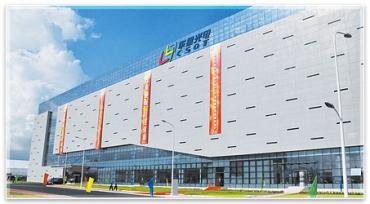Evonik and the Holst Centre commercialize their oxide-TFT coating process for OLED displays
 In the past two years, Evonik and the Holst Centre has been developing a new soluble Oxide-TFT material and a slot-die coating deposition process. Evonik is now commercializing the so-called iXsenic S material. In fact Evonik says that a key customer is introducing the product in a mass production display fab (it is unknown if this line produces OLED or LCD displays).
In the past two years, Evonik and the Holst Centre has been developing a new soluble Oxide-TFT material and a slot-die coating deposition process. Evonik is now commercializing the so-called iXsenic S material. In fact Evonik says that a key customer is introducing the product in a mass production display fab (it is unknown if this line produces OLED or LCD displays).
Evonik says that their new material offers a performance good enough for high-resolution OLED and LCD displays, and it can be deposited in a coating process which lowers production costs.









